Researchers in Hong Kong are turning to drones and artificial intelligence (AI) software technology to protect the local population of endangered horseshoe crabs, reports the South China Morning Post. The Ocean Park Conservation Foundation announced the start of on-site testing earlier this month at Ha Pak Nai in the northwestern New Territories.
A High-Tech Approach to Conservation
The trial project uses drones to capture images of mudflat areas during low tide. These images are then analyzed using AI software designed for small object detection, allowing researchers to identify and count horseshoe crabs efficiently.
“Over the years, Ocean Park has been using its technology to enrich Wildlife preservation for endangered species. We believe that by using AI technology, we can effectively and efficiently collect data on the number of local horseshoe crabs,” said Howard Chuk Hau-chung, foundation director.
The Plight of Hong Kong’s Horseshoe Crabs
Professor Cheung Siu-gin of City University’s chemistry department highlighted the critical state of horseshoe crab populations in Hong Kong:
“There are now less than 10,000 juvenile horseshoe crabs remaining in Hong Kong. The population has decreased by 90 per cent over the years, and we don’t see any signs of recovery as of recently,” he explained to the news newspaper.
The International Union of Conservation Nature (IUCN) has declared tri-spine horseshoe crabs an endangered species, placing them on the organization’s red list.
Drones: A Game-Changer for Data Collection
The drone-based approach offers significant advantages over traditional methods. Chen Xi, a research assistant professor at the Chinese University of Hong Kong, reportedly explained:
“What used to be an hour of collecting data by eye and counting the crabs one by one can easily be done in a few minutes with unmanned drones.”
The AI system’s ability to differentiate horseshoe crabs from their surroundings proves particularly useful, as the crabs’ coloration often blends with the mudflats.
Challenges and Future Prospects
While initial tests have shown promise, researchers acknowledge the need for refinement. Factors such as tide patterns, sunlight, and the current small data set pose challenges. Chen estimates it could take up to two years to fully develop the AI model, with a complete project roll-out following several years later.
DroneXL’s Take
This innovative approach to horseshoe crab conservation in Hong Kong aligns with a growing trend of using drones and AI in wildlife management worldwide. Recent reports from Wyoming showcase how DJI drones are revolutionizing tasks like population assessment and habitat monitoring for various species.
The Hong Kong project’s use of AI for small object detection is particularly noteworthy, as it addresses a common challenge in wildlife surveys. Similar technology has shown promise in conserving farmland bird nests and mapping temperatures for reptile conservation.
As drone and AI technologies continue to evolve, their potential for enhancing wildlife conservation efforts grows. The horseshoe crab project in Hong Kong serves as another compelling example of how these tools can provide more accurate, efficient, and less invasive methods for monitoring and protecting endangered species.
Photo courtesy of the South China Morning Post.
Discover more from DroneXL
Subscribe to get the latest posts to your email.
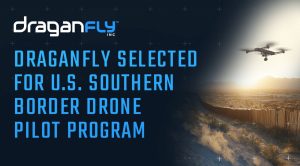
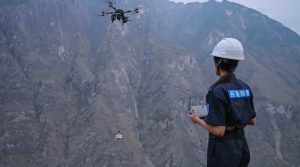


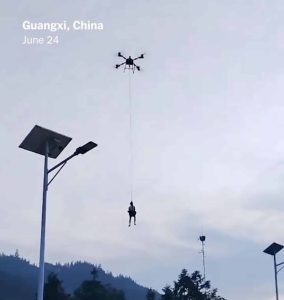
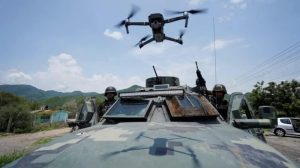


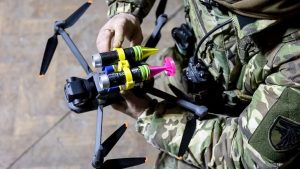
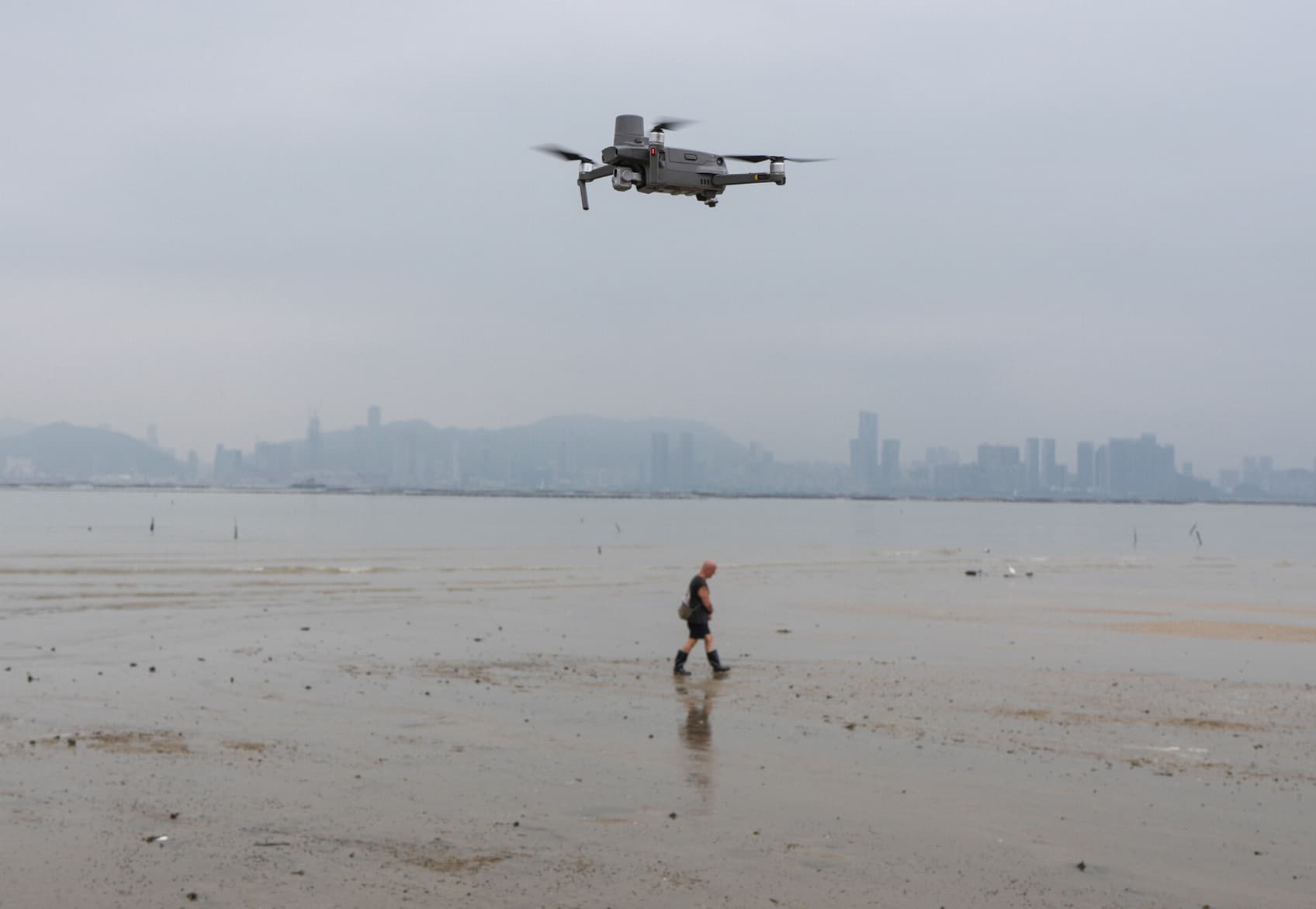

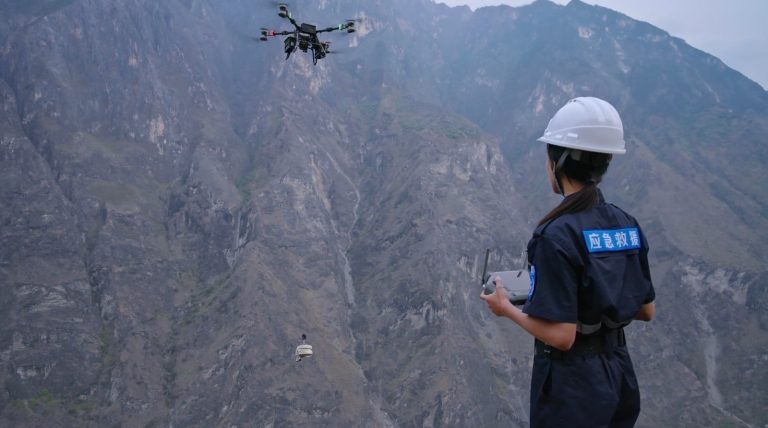


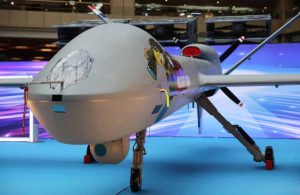

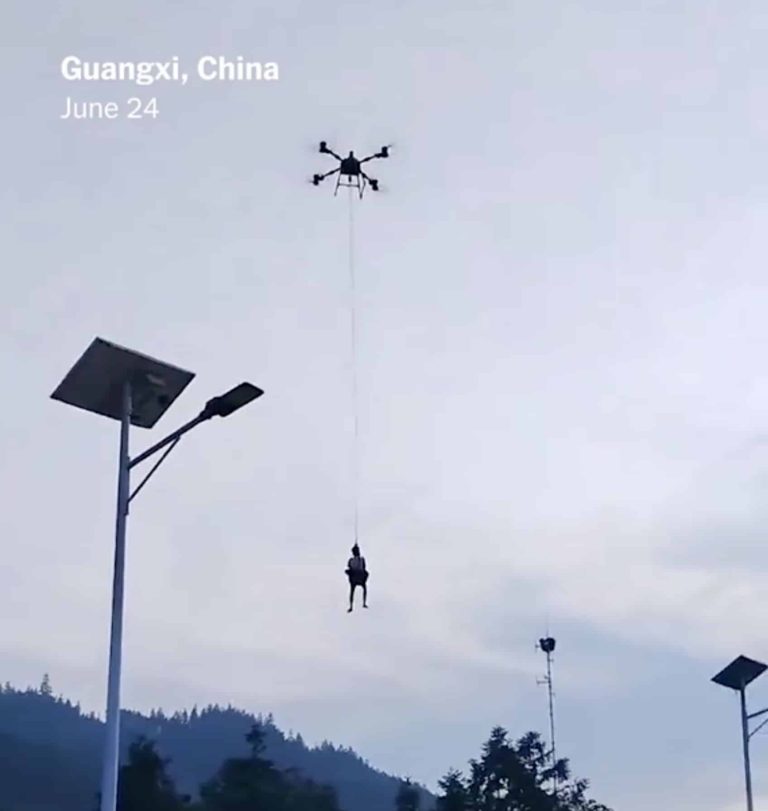
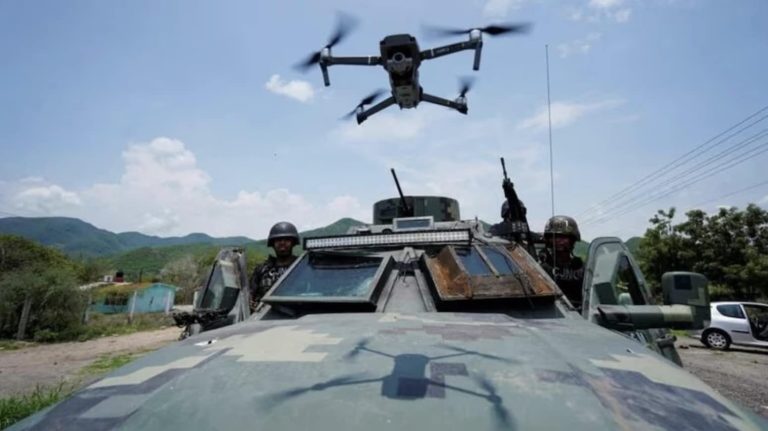

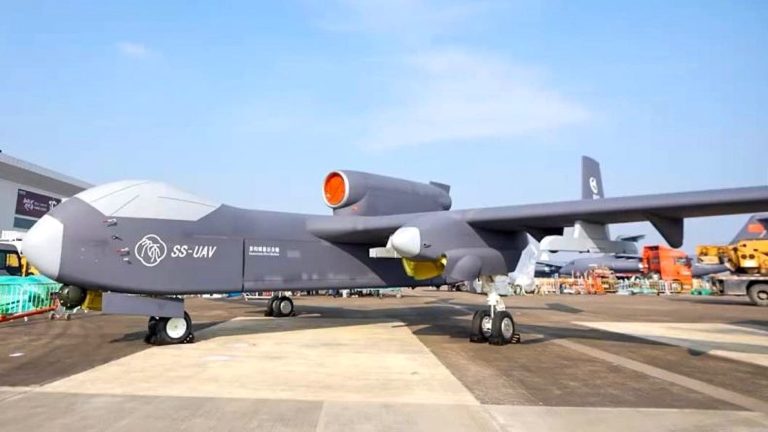
+ There are no comments
Add yours